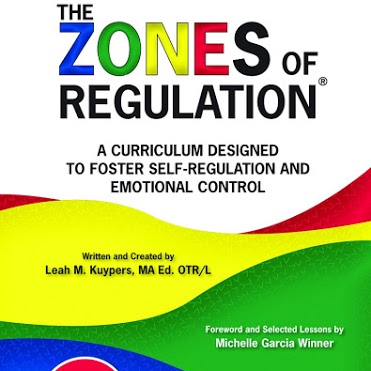“Self Regulation is what makes self-control possible.”
A quick video for teachers to help understand the difference between self regulation and self control.
“Self-Regulation refers to how people manage stress, how much energy we expend, and how well we recover. Effective self-regulation enhances growth, learning and emotional, social and physical well-being. Mindful self-regulation involves learning to recognize and respond to stress in all its many facets, positive as well as negative, hidden as well as overt, minor as well as traumatic or toxic.”
For more information on Dr. Stuart Shanker’s theories and methods go to https://self-reg.ca/self-reg/
Zones of Regulation:
The Zones is a systematic, cognitive behavioral approach used to teach self-regulation by categorizing all the different ways we feel and states of alertness we experience into four concrete colored zones. The Zones framework provides strategies to teach students to become more aware of and independent in controlling their emotions and impulses, manage their sensory needs, and improve their ability to problem solve conflicts.
By addressing underlying deficits in emotional and sensory regulation, executive functioning, and social cognition, the framework is designed to help move students toward independent regulation.
Why Do We Lose Control of our Emotions?
Some possible journal prompts after watching the video “Why do We Lose Control of our Emotions?”:
-
List some times when you have lost control of your emotions.
-
How do you usually feel after you have “flipped your lid” ?
-
Why do you think people sometimes lose control of their emotions?
-
What is happening in the brain when we are “flipping our lids”?
-
What are some strategies you can use if you are: 1) about to “flip your lid”? 2) already have “flipped your lid?
“Self-Reg is not a universal platform, targeted intervention or behaviour management program. It is a whole new way of thinking. The key idea that informs this new way of thinking is that living and learning are grounded in optimized self-regulation rather than self-control.”
Teaching Self-Regulation by Modeling
When teachers explicitly recognize and respond to their emotions in class, students learn to engage in these processes themselves.
Explaining Self-Regulation and Calming Down with Belly Breathing In this video, Elmo, Common, and Colbie Caillat explain self-regulation and how to calm oneself with belly breathing.


